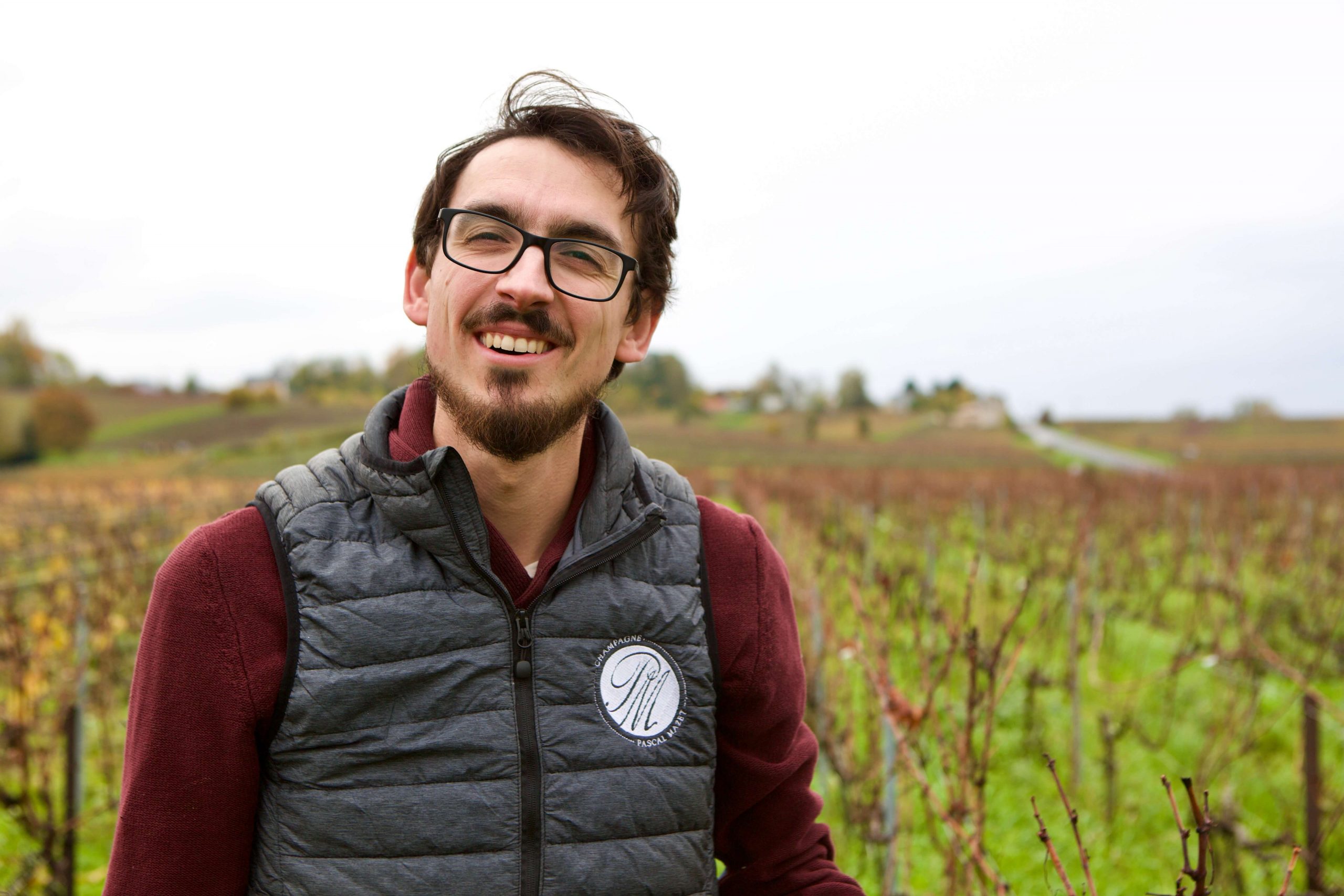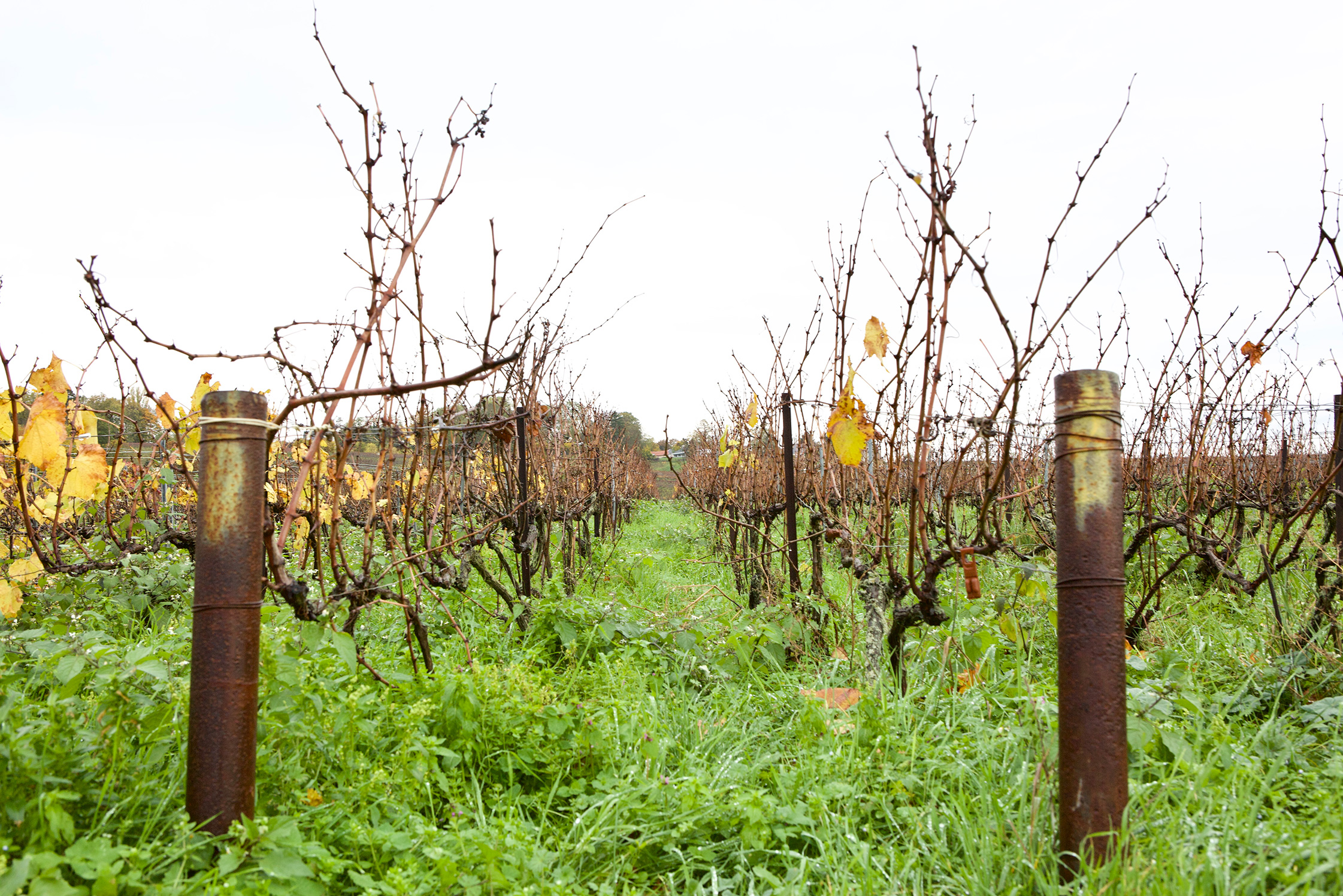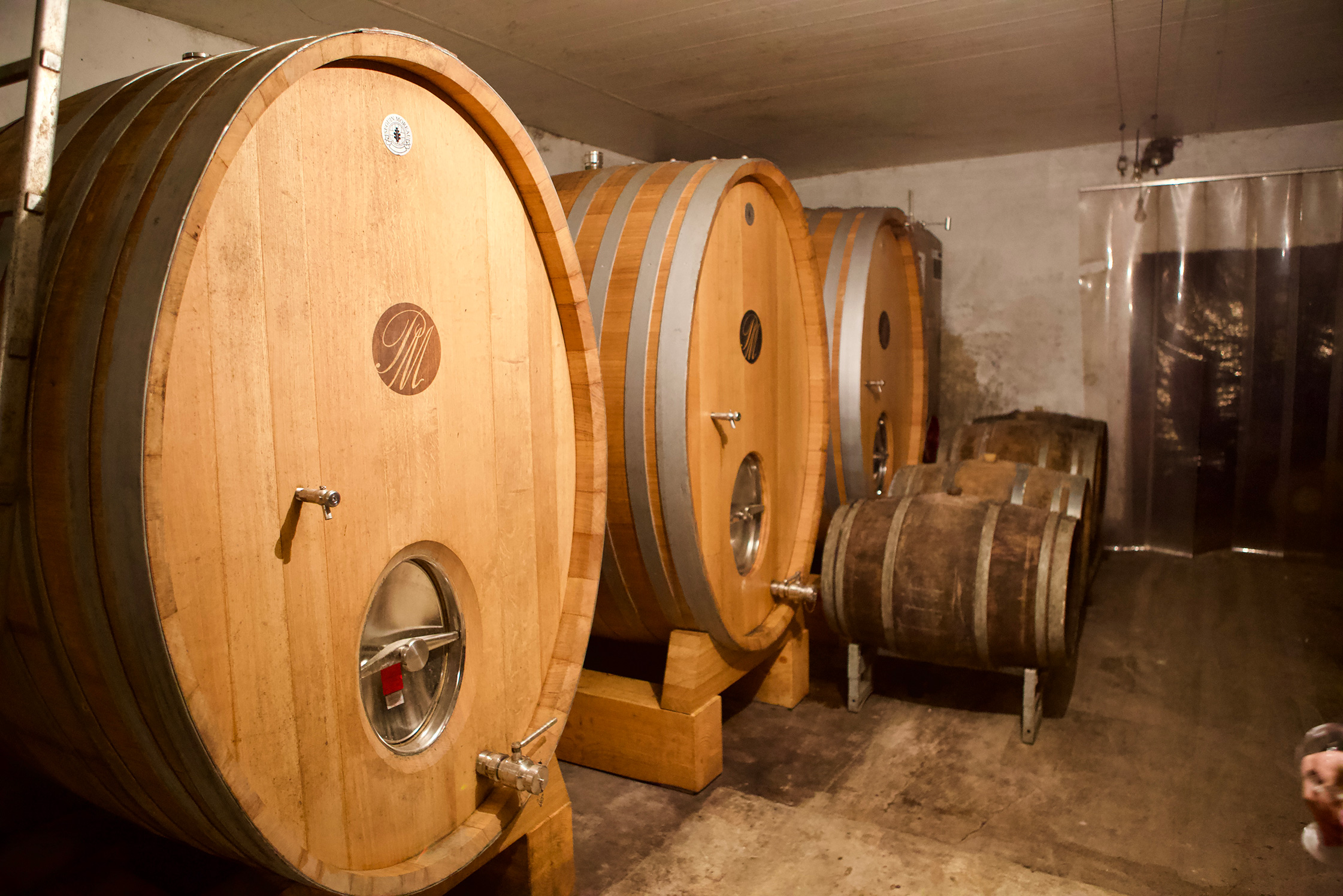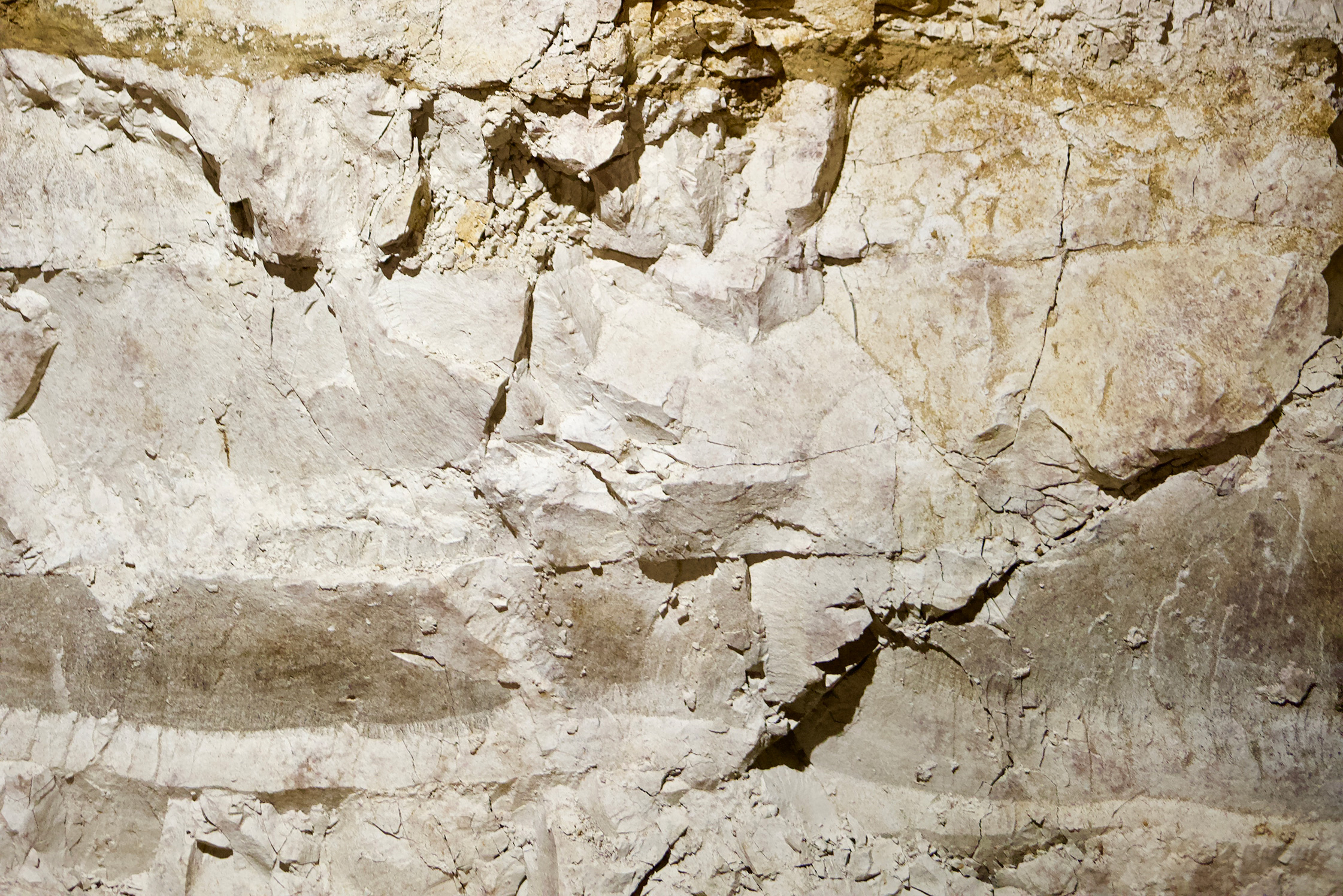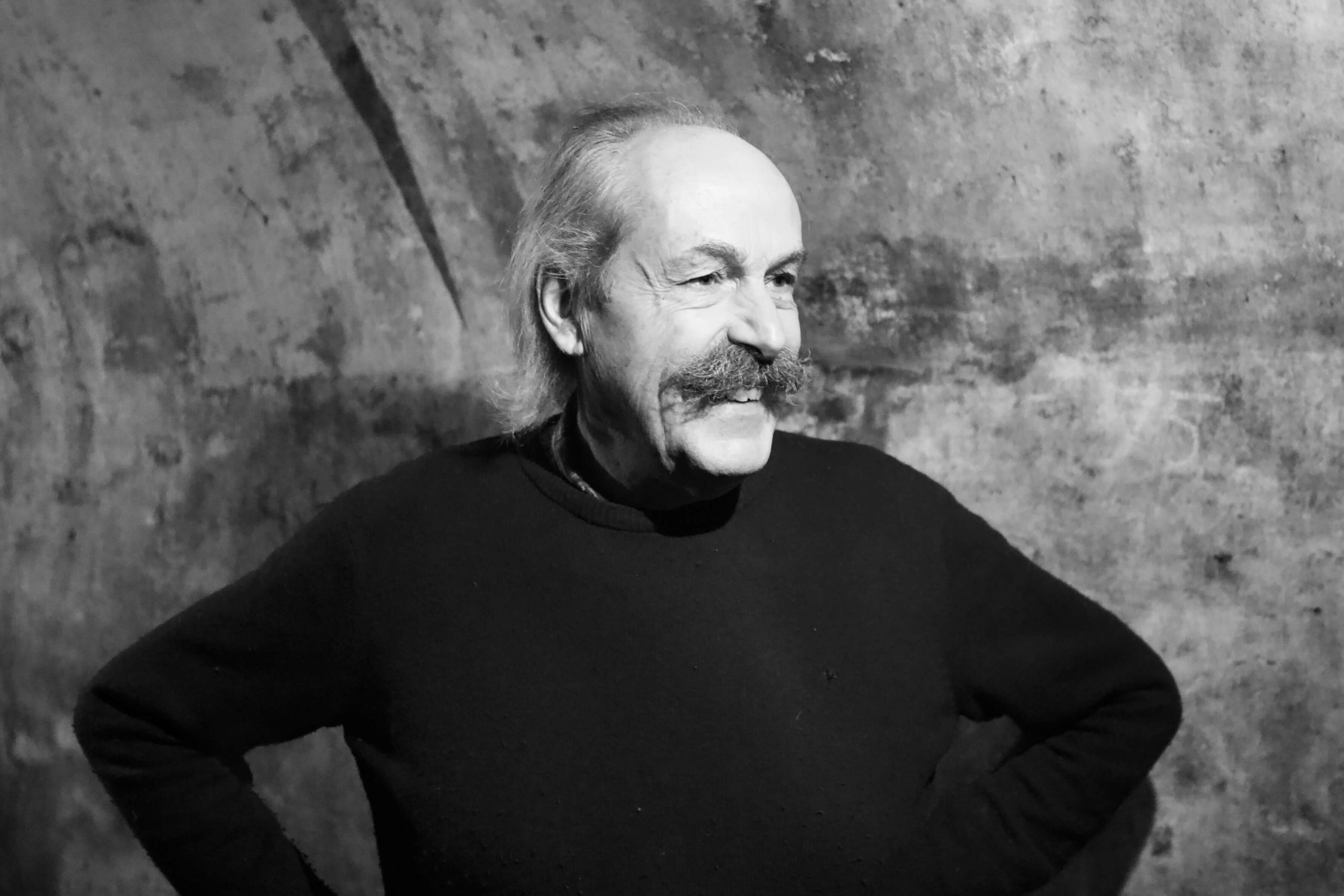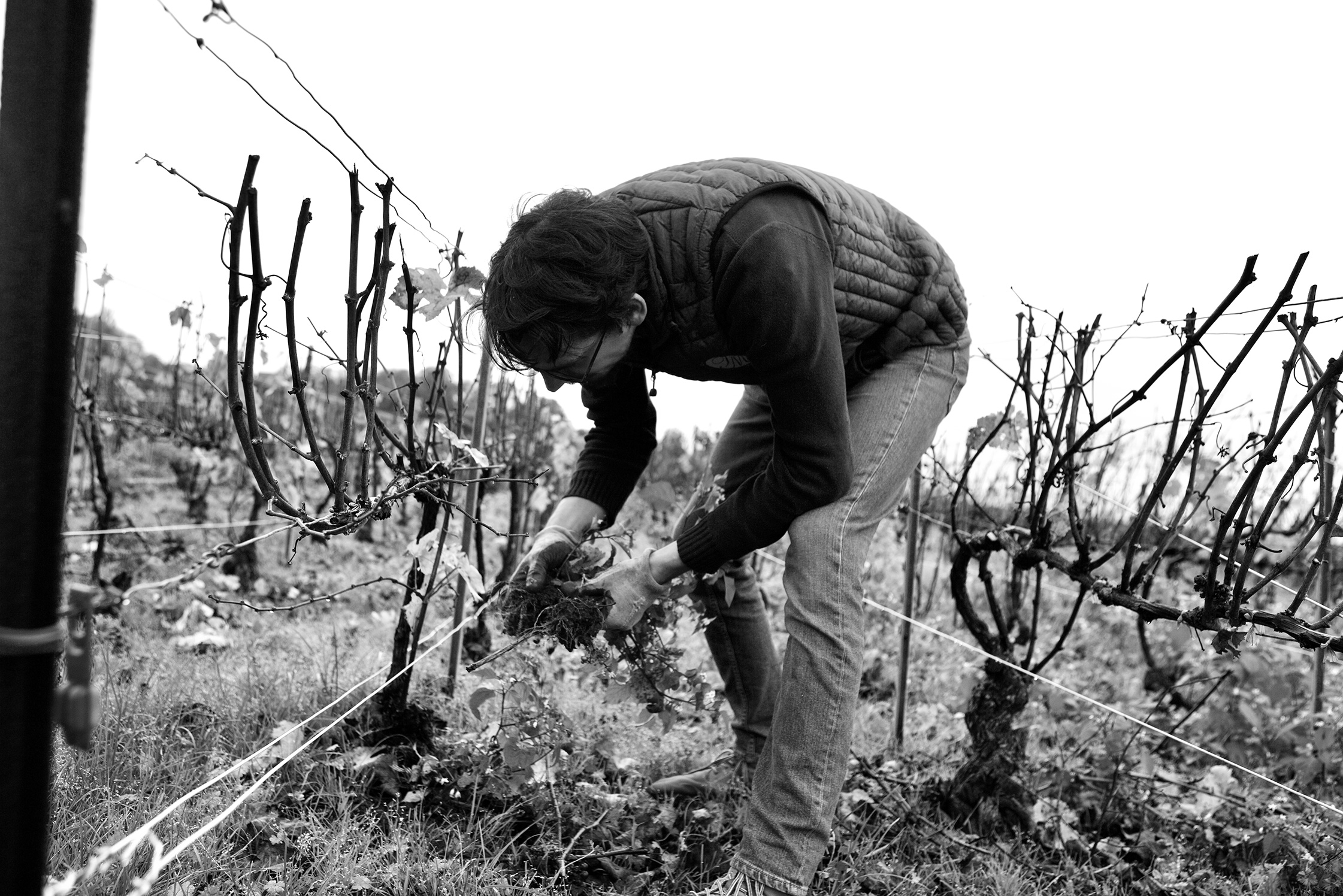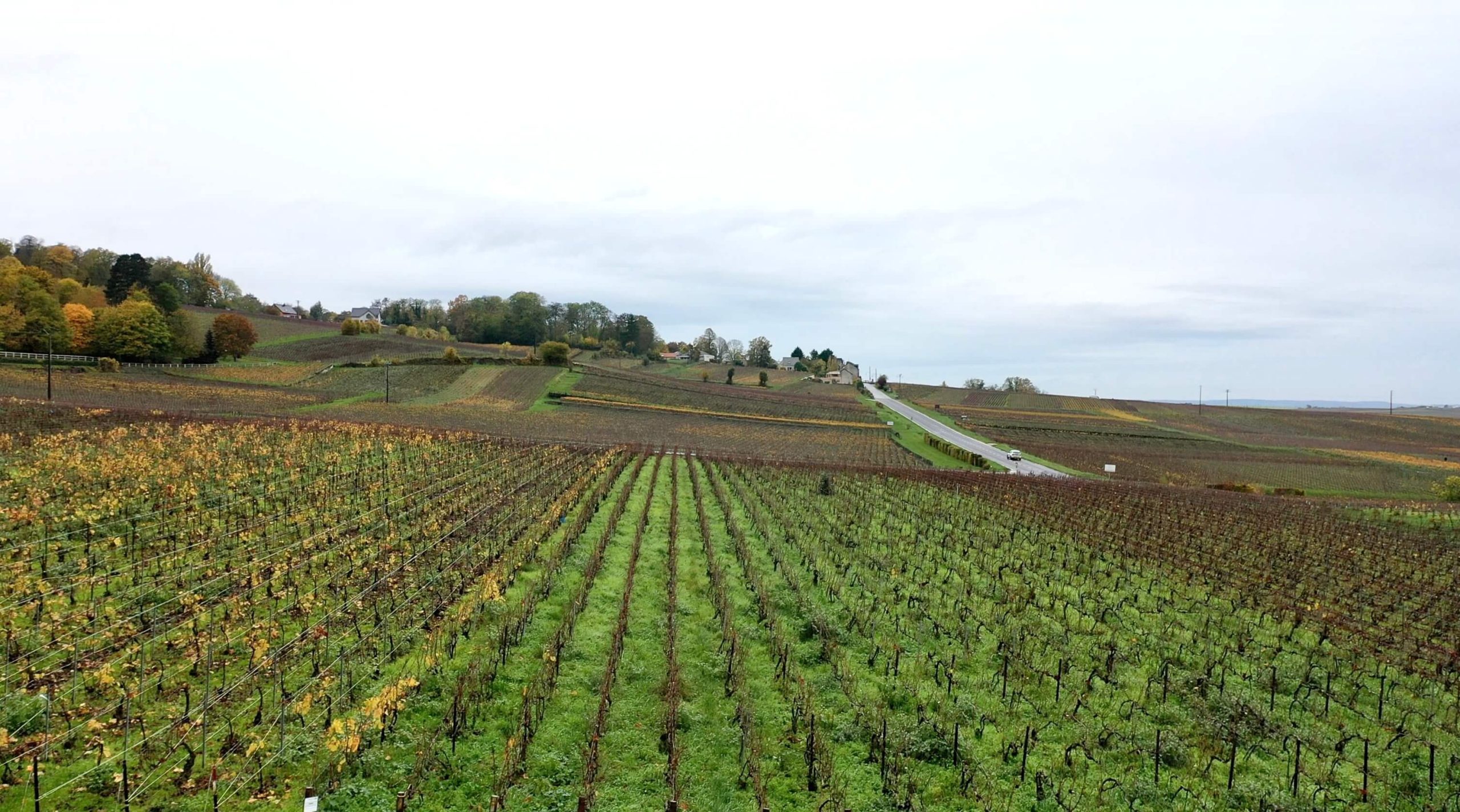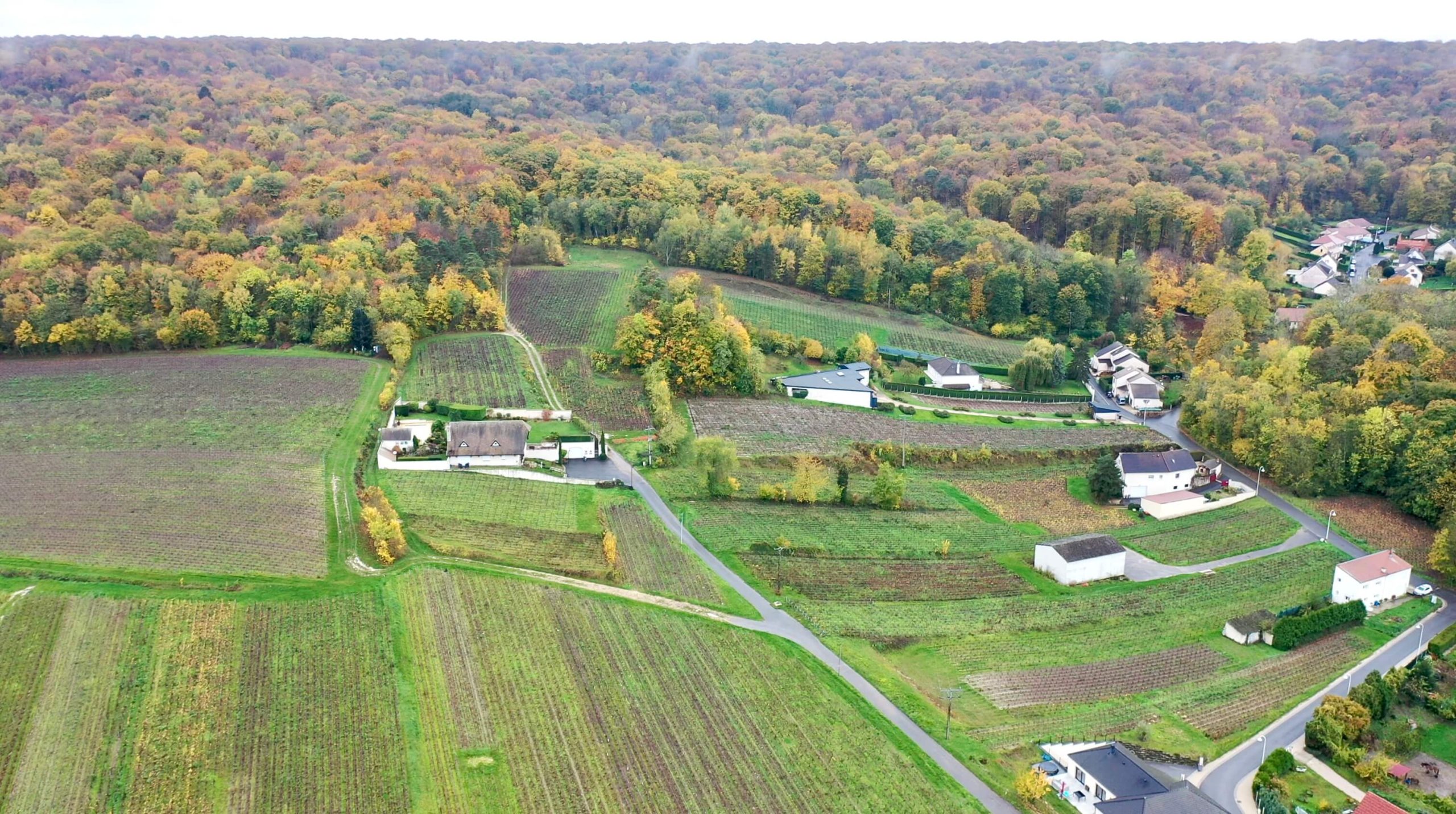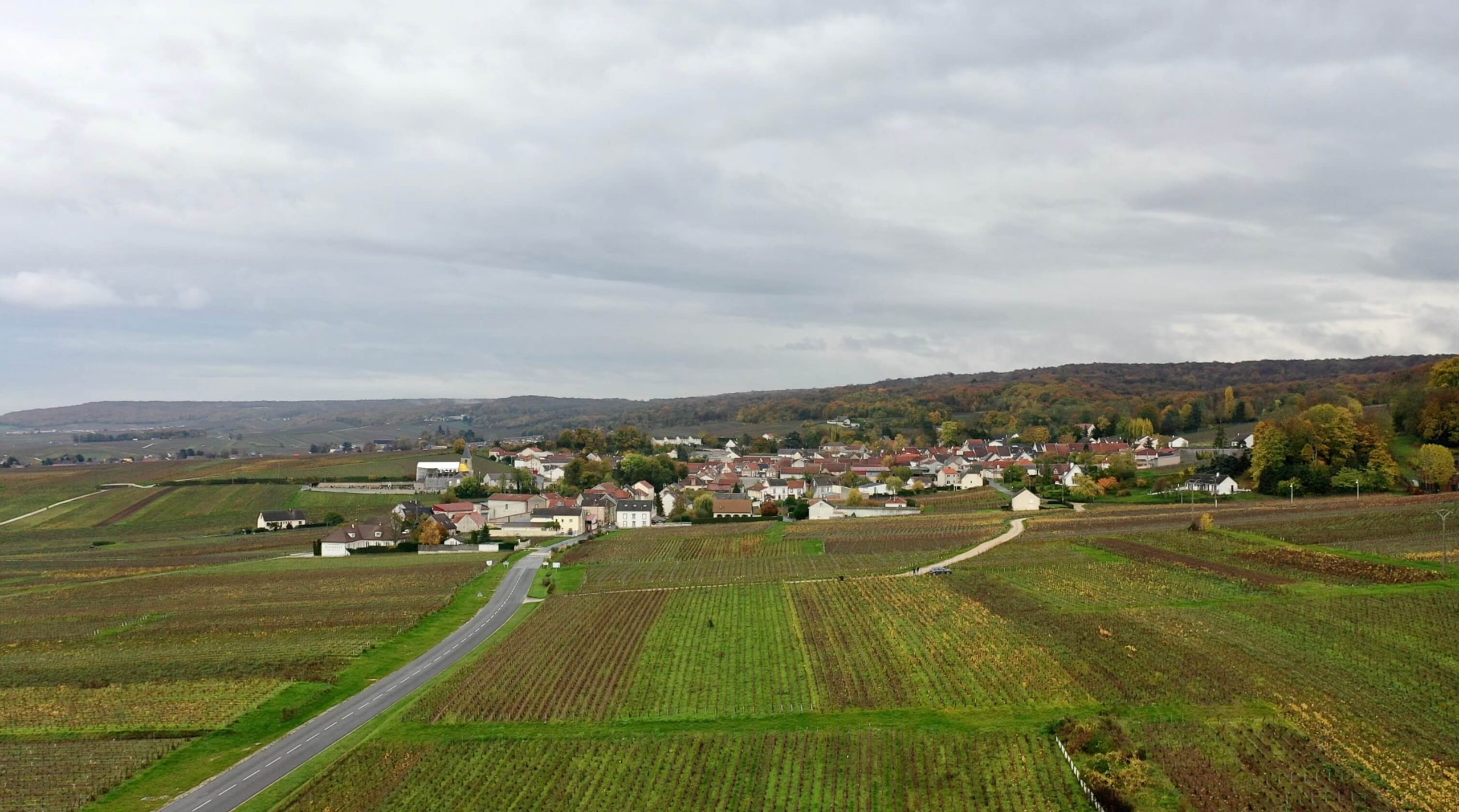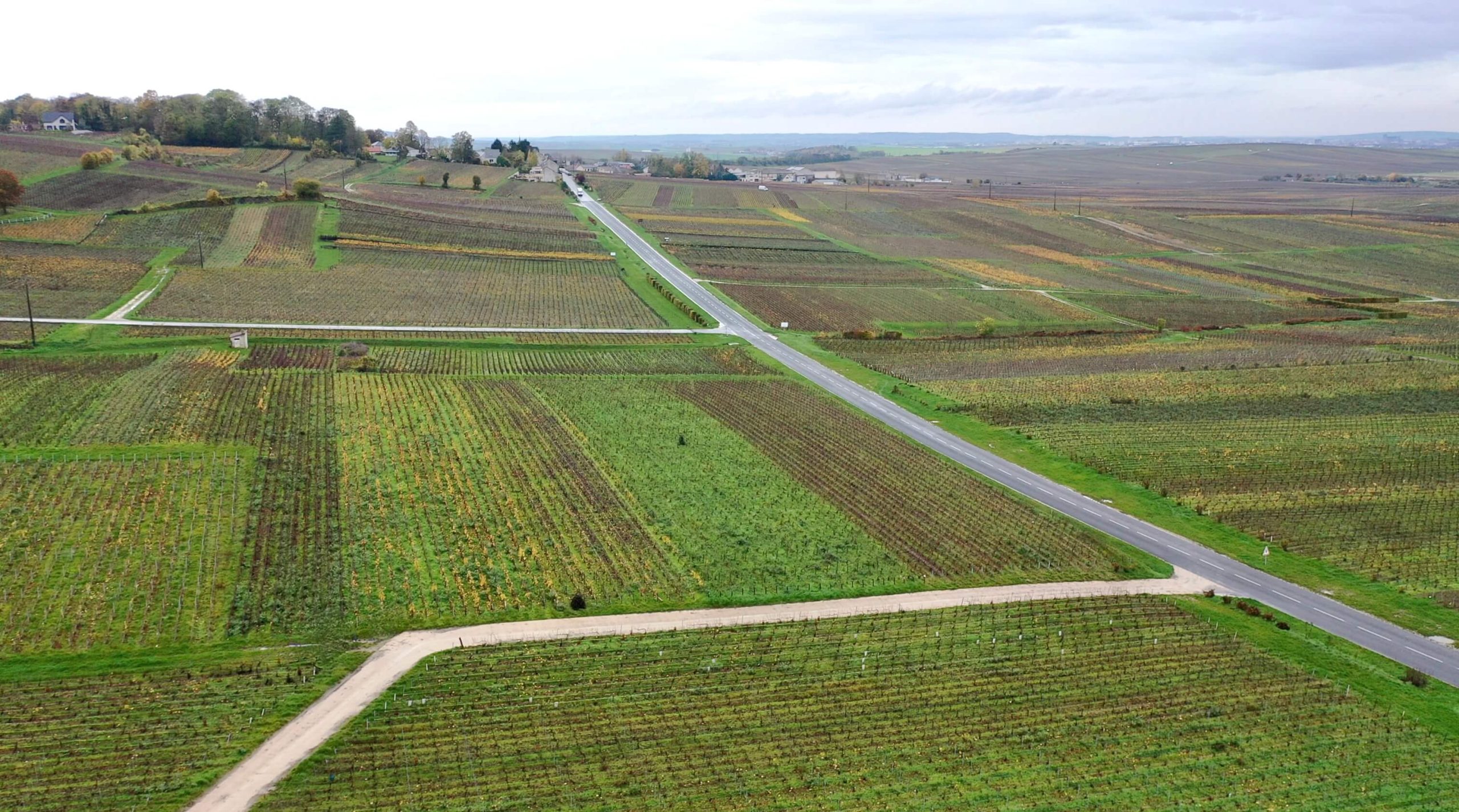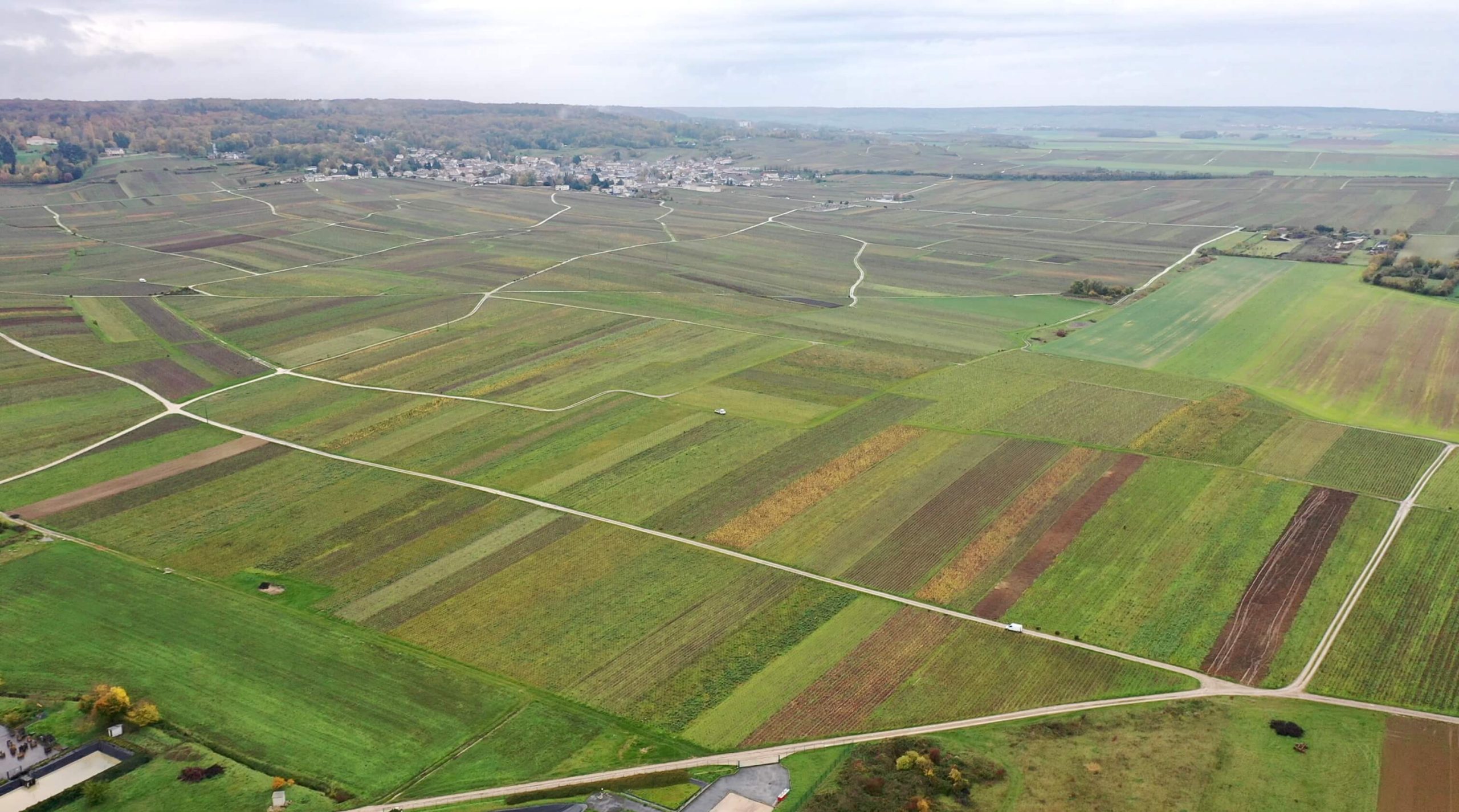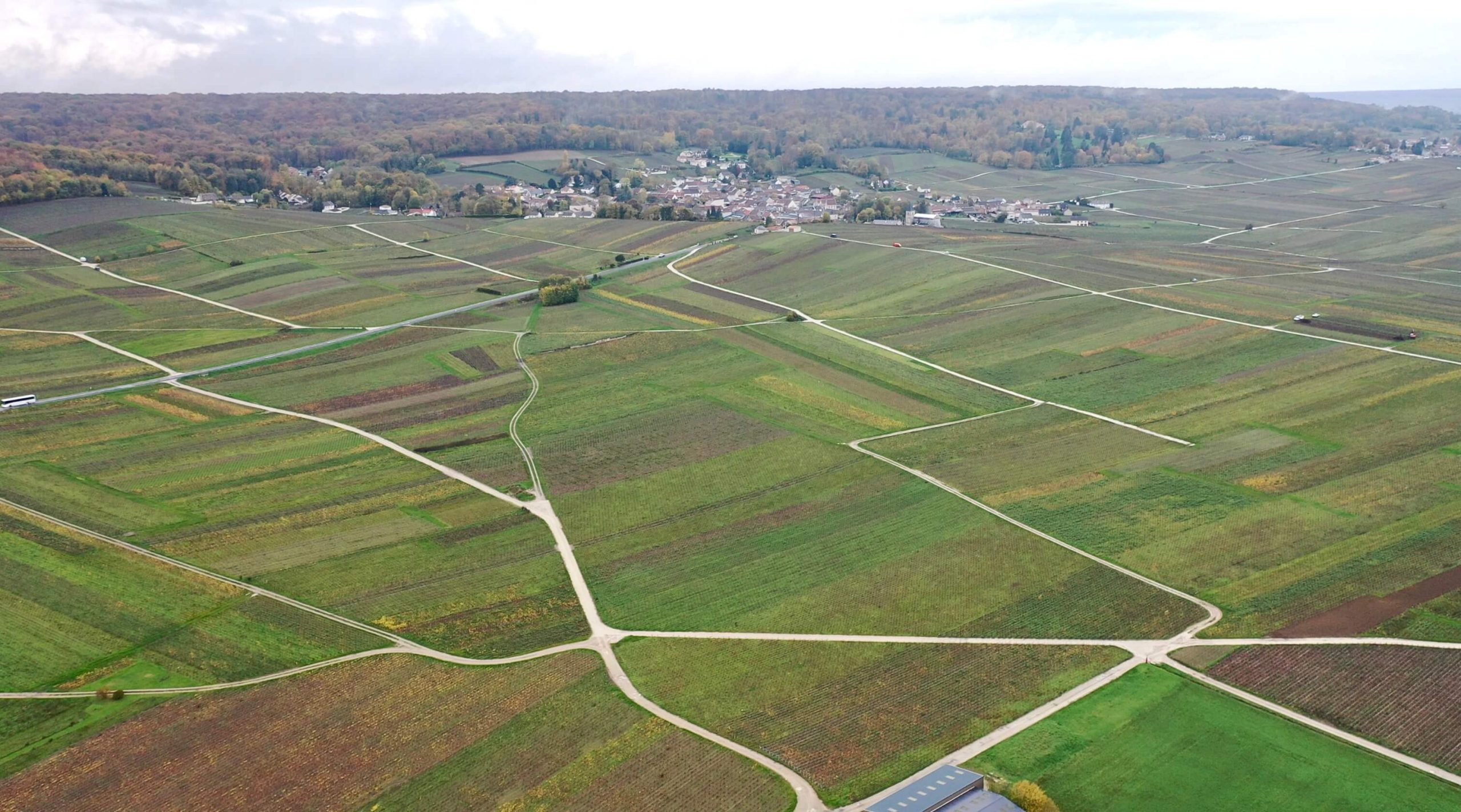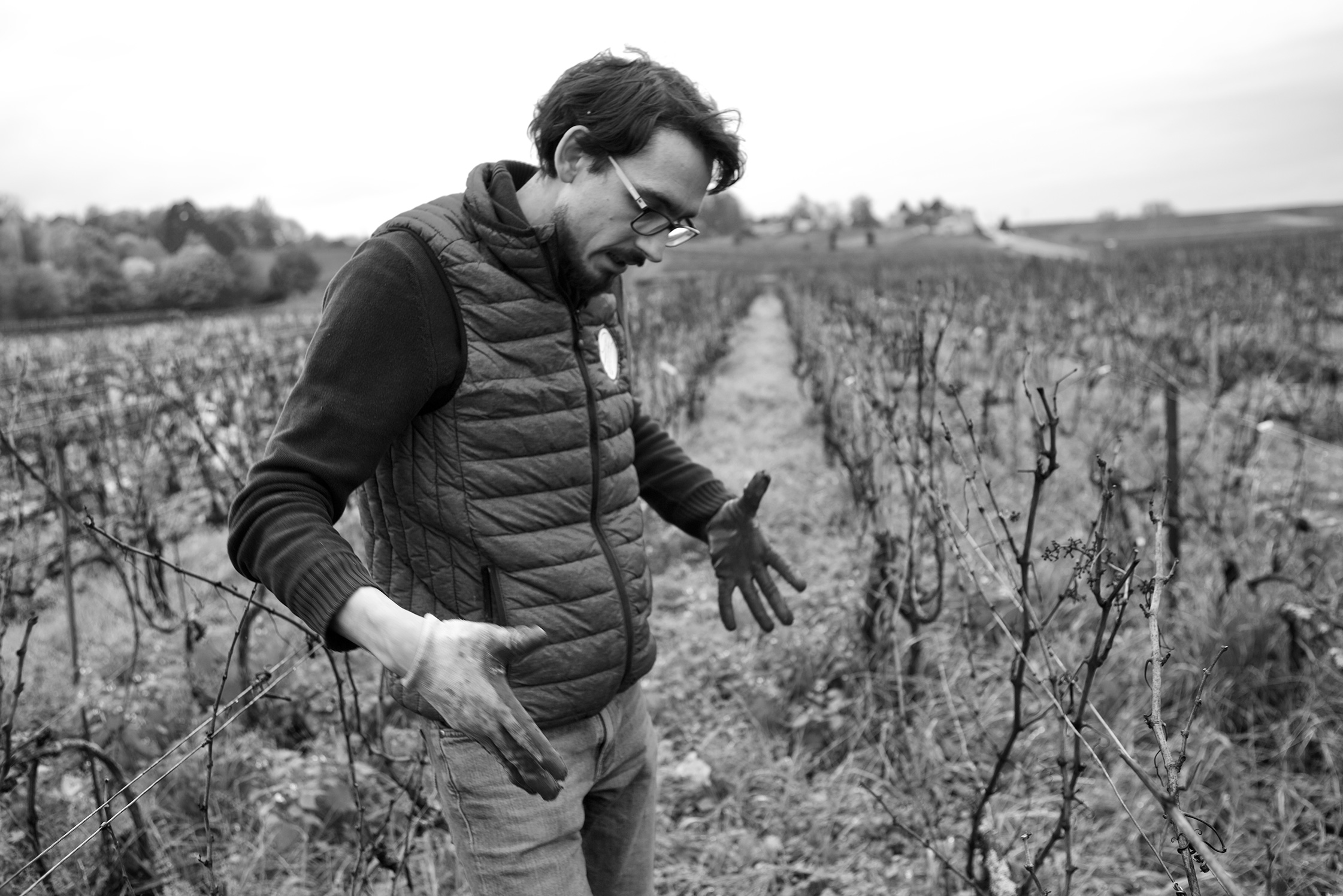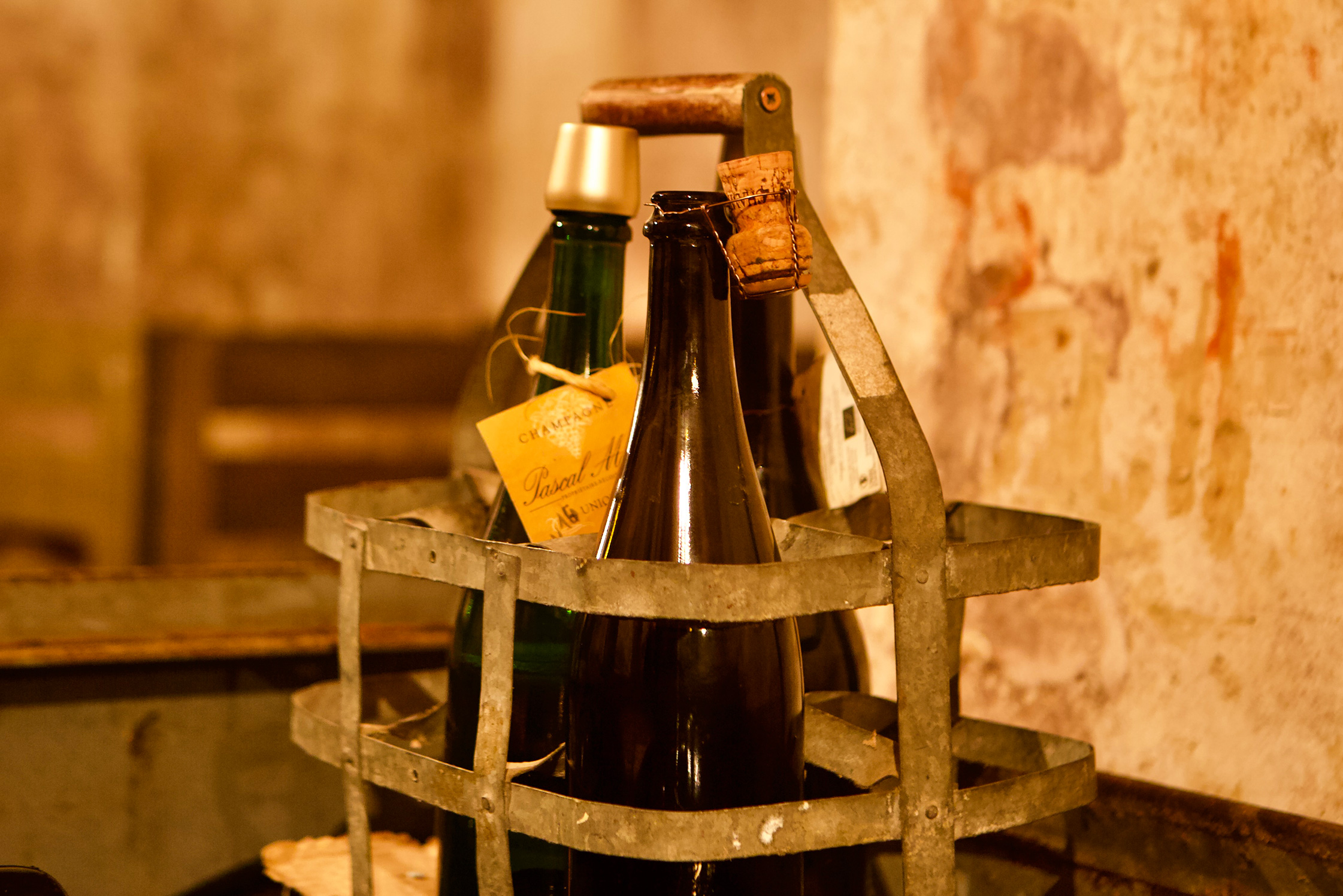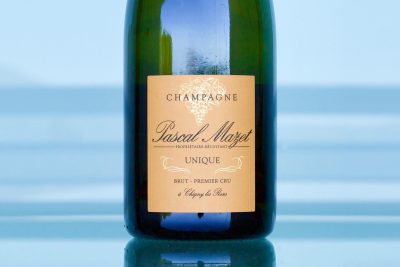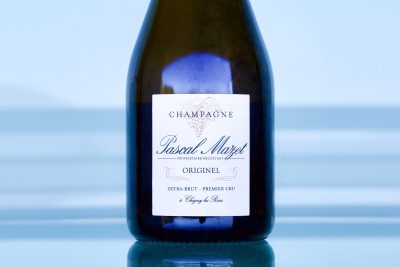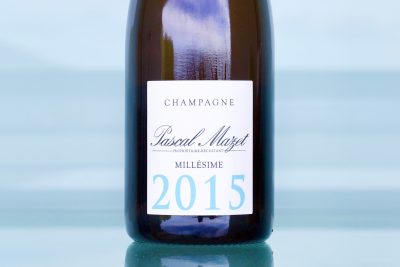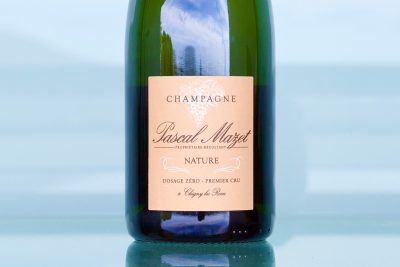Pascal Mazet
This website contains no AI-generated text or images.
All writing and photography are original works by Ted Vance.
Short Summary
Catherine and Pascal Mazet established their organic domaine in 1981 and were certified in 2009. They have 2.5 hectares of premier cru in the Montagne de Reims communes Chigny-les-Roses and Ludes, and the grand cru, Ambonnay. Their son Olivier joined in 2019 and incorporated agroforestry to further improve nature’s interaction with their mildly steep hills of chalk, clay and sand. Natural fermentations and sur lie aging take place in old oak barrels for fifteen months with some cuvées blended with a 5000-liter “solera” foudre topped up since 1981. Bottle maturation on lees lasts for a minimum of five years, and the dosage is specific for each wine.Full Length Story
The lovely and humble Catherine and constantly smiling Pascal Mazet established their domaine in 1981 with 2.5 hectares from her side of the family—enviable holdings in premier cru land on the Montagne de Reims communes Chigny-les-Roses and Ludes, and a grand cru parcel in Ambonnay. Even with such scant vineyard land, Pascal and his third son, Olivier, keep it interesting with six very different wines, soon to be only five. Most of the vineyards are gentle slopes facing southeast at 150m altitude with chalk bedrock alternating with calcareous sands and clay topsoil. They’re easy to spot: green jungle patches amid neighboring vineyards growing on desolate soil.
Little by little the Mazets improved their work. The purchase of a Willmes press in the 1990s gently increased the juice yield while reducing gross lees extraction at half the pressure of other presses. Organic conversion started in 2009 and was certified in 2012. Defining elements of their style are fermenting and aging in 225-liter barrels (of at least 15 years old) for eleven to fifteen months and their NV cuvées blended with wine from their 5000-liter “solera” foudre (continuously topped each year with new wine since 1981), followed by extensive lees aging in bottle—a minimum of six years, but often eight. The blends with the solera, Nature and Unique, are bottled only in particular vintages. If the wine needs dosage (to their taste), it is labeled as Unique, if no dosage, it’s Nature—each vintage is one cuvée only, and not the other; for example, 2013 and 2015 are Nature, 2014 is Unique. Dosage of all the wines is decided on taste and wine profile of the vintage.
“Scraping,” rather than tilling, is done with a very small tractor (lighter than one ton) to manage superficial grasses and weeds rather than deep gouging that can destroy deeply embedded flora and fauna habitats. While not interested in fully pursuing biodynamic practice, some similar concepts and treatments are employed, like plant infusions for vineyard treatments made from nettle, horsetail, yarrow, dandelion and consoude (known as Symphytum in English), a flower with a multitude of medical uses for animals (including humans!) as well as plants.
At age of twenty-seven, Olivier Mazet took full control in 2018 after completing his university studies in 2014 with an engineering degree specialized in viticulture and enology from the Ecole Supérieur d’Agriculture, in Angers. Olivier’s long view is focused on agroforestry to improve biodiversity in and around the vineyards to help their resilience against disease, improve soil structures by letting nature do a lot of the work—with its billions of years of experience and knowledge—and to try to better cover their viticultural carbon footprint. Olivier’s older brother, Baptiste, also joined the team in 2020.
The vineyard collection is about 1.3 hectares (3.2 acres) of Pinot Meunier, 46 ares (0.46 hectare) of Chardonnay, and 23 ares of Pinot Noir, all with an average age of forty years (2022), and 22 of sixty-year-old Pinot Blanc. The yield from their 8000-10000 vines per hectare (similar to Burgundy) in a normal year is around 55hl/ha.
Mazet’s solera foudre is a singular experience. Over the years I’ve often thrown out the descriptor for extremely minerally wines that, “they taste like liquid rock!” This wine was a recalibration of that description in that I would say it was equally rock and metal. It truly was like tasting liquid rock and metal, almost no fruit at all—purely elemental. Never in my entire career have I had a wine so specific as that. What surprises the most was how unoxidized it was and the purity of color, like looking through the prism of a diamond, the flickering reflection of the sun off the glistening sea. Its taste is unforgettable and easy to recognize in the mix of Nature, Unique and Originel, the wines to get dosed with this vinous nitrous oxide.
“Nature” comes from all of their parcels and is a blend of 45% Pinot Meunier, 30% Chardonnay and 25% Pinot Noir. 60% is 2013 vintage wine while the remainder is from their single 50hl “solera” foudre, with zero dosage. “Unique” mirrors “Nature,” though it comes from an entirely different vintage base wine, as mentioned earlier. The grape mix is the same, as is the amount of vintage wine, this case from 2014, while the remainder is from their single 50hl “solera” foudre, with 4g/L dosage. “Originel” is composed of 35% Chardonnay, 35% Pinot Blanc, and 15% each of Pinot Noir and Pinot Meunier, all from two different plots: Chardonnay from “Les Sentiers” on chalk and clay, and Pinot Blanc from chalk and sand (with correspondingly earlier ripening) of “La Pruches d’en Haut,” an originel plot that was listed as a terroir of Champagne before the 1800s. 60% of this wine is from 2013 and 40% from the “solera” foudre, with 3g/L dosage. “Millésime,” as the name suggests, is Mazet’s vintage Champagne. The 2015 is a blend of all the different parcels with a mix of 45% Pinot Meunier, 30% Chardonnay and 25% Pinot Noir. It’s aged exclusively in 225-liter French oak casks of at least 15 years old, with zero dosage.


